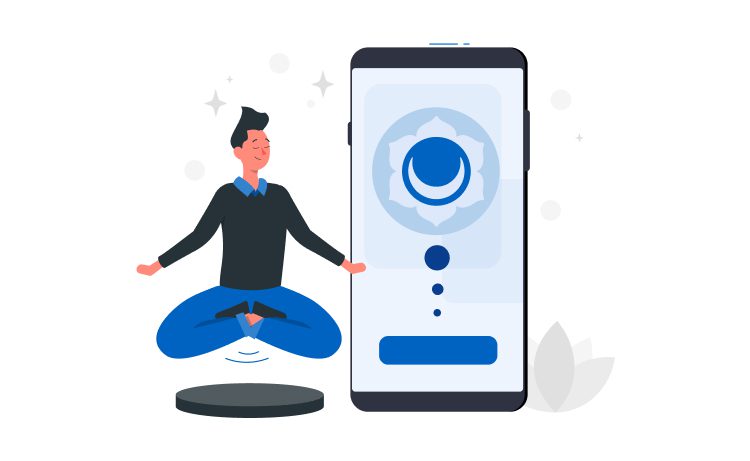
Mental Health App Development: How to Develop MVP?



Did you know you can use today’s digital solutions for socialization, entertainment, and telemedicine alike? The practice of private psychologists, who provide their services in comfortable offices, has been winning the world for decades. But only some patients have the time, money, and desire to be physically present at their appointments.
For the rest, mental health app development and innovative digital solutions from the field of telemedicine come to the rescue. To prove it, according to GrandViewResearch the global mental health apps market was valued at USD 5.2 billion in 2022 and is expected to expand at a compound annual growth rate (CAGR) of 15.9% from 2023 to 2030.
Although now the concepts of digital solutions for the mHealth sphere are a bit blurred, we are still focusing on the main categories of the industry: apps to support a person’s mental state. Also, today we will tell you in as much detail as possible about how to make a mental health app and attract and retain an audience.
Content
If you compare digital mental health solutions and traditional telemedicine products, you will find many differences between the two. The difference is: In services for users. In functionality. Supported security protocols. Data privacy. In development and support costs. In the purpose of the programs.
There are between 10,000 and 20,000 mHealth apps of various kinds in the world. These figures confirm the demand for virtual solutions to help users. Would you like to present your version of the mHealth app to the public? Then read on and find out how to make a mental health app.
If you cаn only think of yoga or fitness apps as mHealth solutions, we have good news for you — the industry has developed a lot since their times.
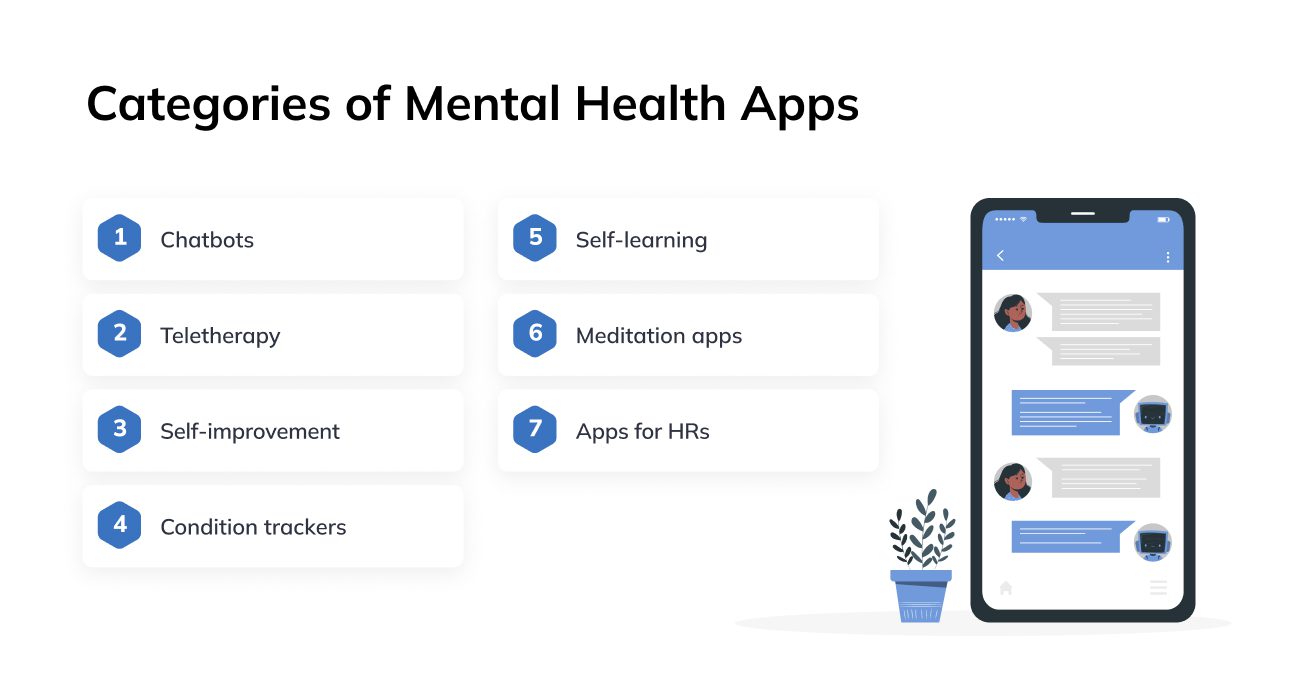
We can highlight at least seven categories of digital mental health products:
We researched the market and found that not all types of apps from the segments above benefit the user. So read on and find our advice about how to create a mental health app that would be truly useful.
A massive problem in telemedicine is the need for a centralized base with apps and services. Since not all digital solutions are available on mobile platforms and in-store catalogs, we turned to ORCHA for information about the best products for the mHealth segment. ORCHA is a one-of-a-kind platform where reliable and proven mHealth apps are collected.
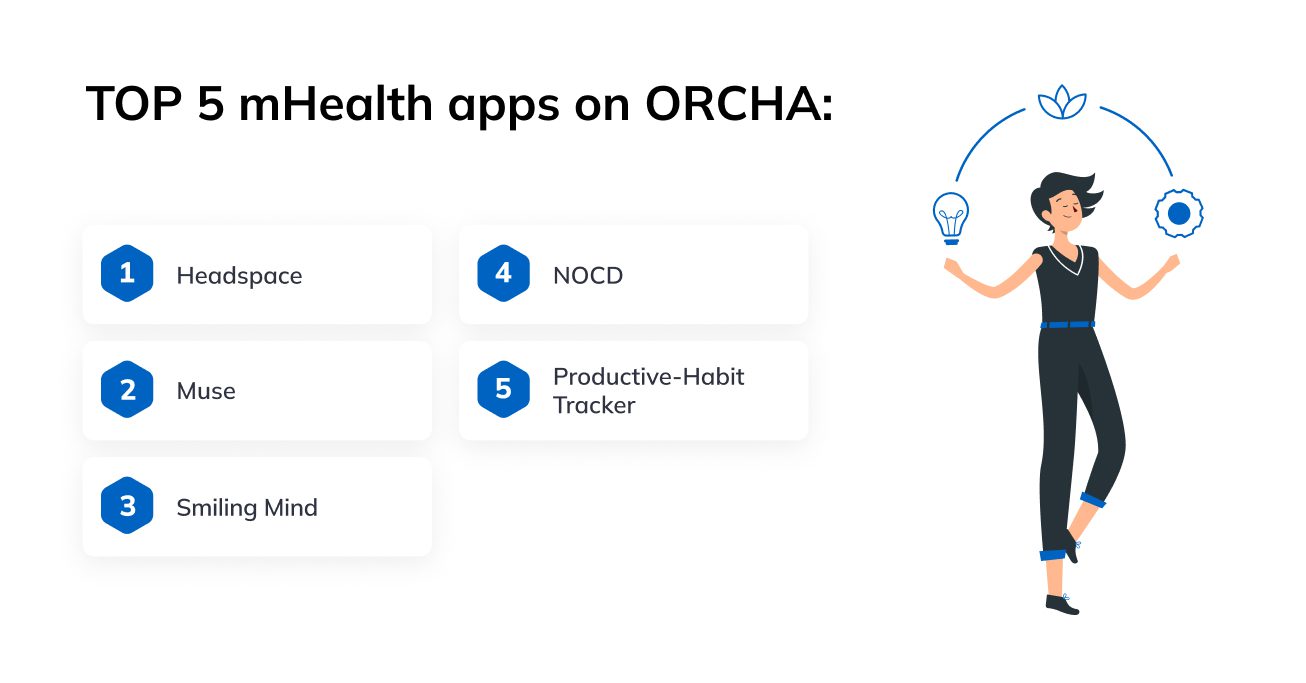
Here are the top 5 current representatives of the mental health technology category by ORCHA:
The mHealth field is very unconventional in terms of digital solutions. Based on our observations, there are still gaps to be filled by creating a mental health app relevant to different conditions.
According to Grandview Research, the mHealth industry has risen 54.6% in 2 years of the pandemic (2019-2021). This rise was due to increased interest in remote psychological and psychiatric practices. During total isolation and restrictions, people sought ways to self-develop and stabilize their inner state through meditation, yoga classes, and home study.
The mHealth industry partially covered users’ needs with existing digital solutions at the time. But as it turned out, that wasn’t enough. Big players quickly figured out this business opportunity and started throwing resources at mental health app development.
So, how to create mental health app? We’ve compiled a detailed breakdown of all the steps and key points of the app for you! Learn and implement best practices from the mHealth world.
In mHealth apps, user categories are divided into several standard groups:
Each category needs specific techniques, stimuli, and practice guidelines considering age and physiological needs. Of course, you can develop a digital solution to cover all categories or choose few of them and scale as needed.
Have you developed your unique psychological methodology? Have you invented an innovative method of self-analysis and work on yourself? If so, feel free to present your achievements and bathe in the golden glory. But if not?
First step in the mental health app development is research. Look at the competitive offers on the market. Pay attention to consumer feedback. In the overwhelming majority of cases, the apps are popular either because of certain features or because of the top-notch UI/UX.
Study the best competitor services and develop your mHealth app concept!
You must ensure your app covers 100% of the user’s needs. What does that mean? If you create a mHealth product with content, make sure all the features are available in one system. That means including a social component, chats, a video player, and a built-in web view engine to the product during the mental health app development.
If the user can perform all tasks in one app – they will appreciate the UX of the digital solution. This will bring the product popularity and you, as the idea owner – revenue from marketing, services, and content.
The main goal of mHealth mobile app development is to provide the consumer with a top-notch UX and modern design. Looking back at the specifics of the industry, we recommend that you stick to such concepts as:
This approach to digital design will enhance its performance and provide consumers with the best software experience on the market.
When choosing a tech stack for mental health app development, focus on factors such as:
It is easy to get confused in today’s abundance of all sorts of technologies. We offer variants of the best frameworks to release mHealth MVPs.
Sounds like it should be easy to hire a mental health app developer, right? But due to the specifics of the mental health industry, only some specialists can accomplish the mission with the most efficiency.
This is due to many challenges in mental health app development, such as following required certifications, standards, and protocols. Privacy protection is essential, as mental health apps directly interact with customers’ personal data.
We recommend hiring mental health app development specialists who have already completed at least several projects in healthcare segment. For example, at Glorium Technologies we have our developers trained to follow the HIPAA and other healthcare regualtions .
Today’s digital solution development industry is so flexible that it allows you to hire experts under any desired cooperation model. Let’s focus on two key types of project work: outsourcing and in-house.
Outsourcing offers entrepreneurs flexibility, adequate deadlines, and competitive prices. This model is great for a one-time project and an ongoing collaboration. Employing the developers full-time is also a good working relationship model if the company or startup has enough money to recruit and maintain staff.
When looking for an experienced team for creating a mental health app, it can be found in two ways:
Both options have disadvantages; for example, when picking developers individually, you have to take each one through numerous interviews to ensure they are professional. As for the review boards, company cases may not have the information you need, while reviews can be rigged.
So, where to look for the truth? The answer is — to contact the candidates’ former clients directly to ask all the questions and get an idea of how a particular contractor works and delivers.
When you order a mental health app development service, ensure the product is tested correctly. More so than other types of digital products, mHealth apps directly depend on UX quality. To make sure user experience is at its peak, developers employ testers to be constantly on the lookout for bugs or mishaps in the app functionality.
This approach gives a better understanding of the product’s state and helps predict the development process, as well as calculate product’s potential popularity and profitability.
In general, creating mHealth solutions is very similar to developing digital products for telemedicine. What these two fields have in common:
These key features set up certain challenges for the customers and mHealth app developers. Let’s take a closer look at them.
Regardless of how much information a user contributes to an app, the developer should take care of protecting all this data. To do this, you can use:
Only employing as many of these tools as possible will keep consumer data from leaks and theft and the customer from litigation.
All apps directly or indirectly related to telemedicine should have protection standards, information exchange, and appropriate certifications. This does not apply to various organizers, meditation instructions, etc.
Typical standards, protocols, and certifications in digital medicine:
There are other laws, certificates, and information exchange protocols, but the ones listed here are the basis for creating a mental health app that will be certified legally.
If you plan to provide consumers with a large range of services, you should determine in advance the potential providers for these. For example, when working with psychologists, psychiatrists, analysts, coaches, teachers, etc., users should be able to pick their specialist from a decent-sized list. When creating a mental health app, make sure that database includes all categories of experts from those mHealth industries announced in your application.
Be prepared for a significant development budget. The cost of the app depends on several factors, namely:
According to the available price lists and case studies from different companies, the average cost of creating a mental health app is $60,000. Note that this is accurate for MVP mental health app development, which includes only basic functionality.
If you are okay with high mental health app development costs and regulation difficulties in mHealth, and ready to invest in this industry, here is our vision of the basic MVP.

All the features we’ve listed below are found in all telemedicine or mental health support apps in one form or another.
User and specialist profiles are the backbones of mHealth industry apps. They determine the trust between the participants in the communication and productivity of the work in general.
There’s why user registration is crucial to provide reliable data and ensure anonymity. This is why it is necessary to allow users to register unnamed accounts and authorize them in the app through existing profiles on Google, Apple, Meta, etc. In either case, it is essential to provide variability of authorization and the ability to hide personal data, even for the specialists, when creating a mental health app.
As for medical applications that connect with EHRs/EMRs, and other personal data processing systems, it is essential to delineate access levels.
What does this mean? The user should be able to view their progress, appointments, tasks, and information about the examiner. The examiner, in turn, should have access to conditional patient data, history, and contacts.
Communication and tracking should be two-way, without the ability to disclose information to third parties as the information about mental health disorders and mental health issues is very sensitive. As for the management system, the functions should focus on establishing contact, operating data, and processing incoming information.
Using gamification is very popular among mHealth app producers. It includes rewards, statuses, or graphics as rewards for visits, completing tasks, or improving a patient’s condition.
Specific elements can range from sets of emojis to frames on avatars, design themes, or bonus points in the profile. Including a competitive element in the app is unnecessary, but if it helps engage users, why not?
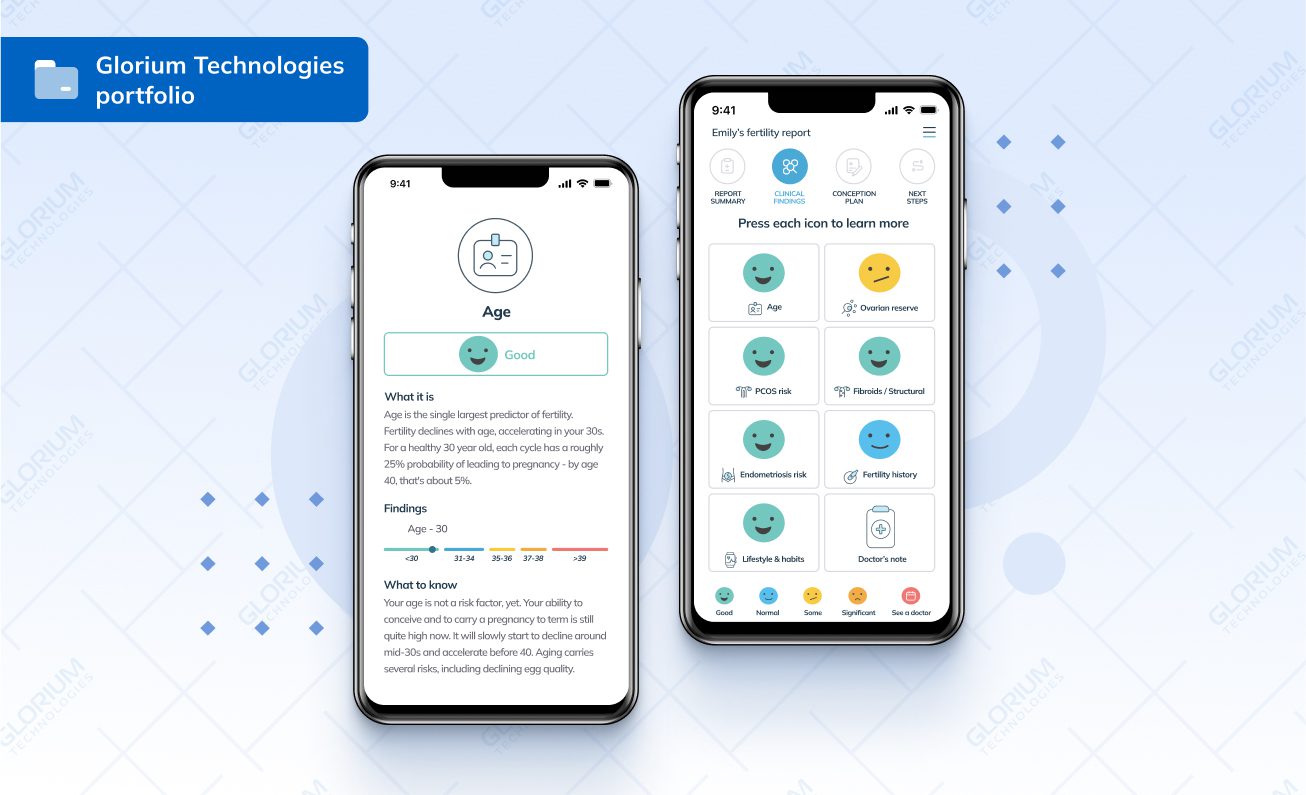
It is also essential to add a notification system to the product, focusing users’ attention on certain events. These can be meetings, appointments, group trainings or tool updates, such as new meditation techniques. By keeping users engaged, you stimulate them to take targeted actions. These are usually buying a subscription to a paid service or ordering a personalization package.
Communication in mHealth is often the primary function of the application. Remember about it when create a mental health app. Most users are eager to talk to specialists and want to be listened to.
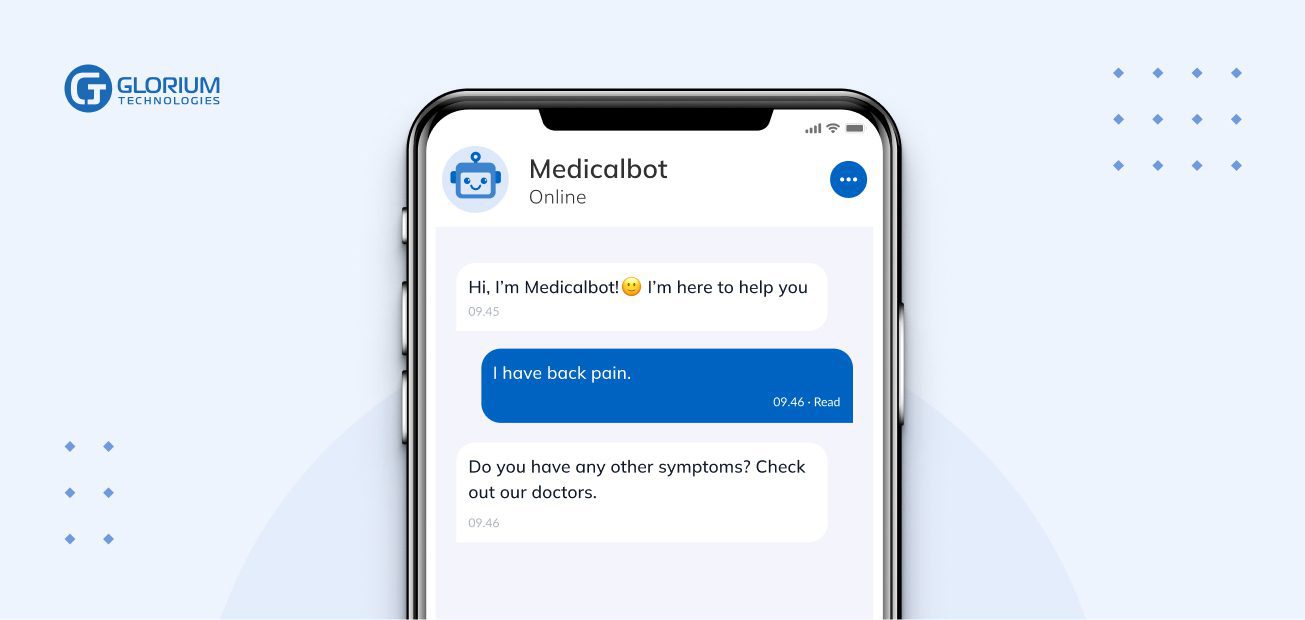
Hiring thousands of operators to communicate with users 24/7 is unnecessary. Modern technologies such as AI chatbots can replace live speakers. Advanced algorithms will allow your product to communicate with users and empathize with their problems.
The social component in mHealth solutions is optional but often plays a vital role in the user’s life. Humans are social animals, hungry for communication and seeking domination in the mental arena. That is why allowing users to publish their thoughts, experiences, or achievements in the profile is so important.
When planning your mental health app development, check if having a sharing forum or section would make sense to your users.
Happify is an excellent example of this functionality. Here users can communicate and discuss daily events, which helps to keep the engagement rates high and users involved. Communities are also crucial as a productivity tool. Who else but the fellow user can give the best advice to the rookie? Where professionals fail, ordinary people can succeed. Communities in mHealth are also great for sharing audio and visual content. Sending positive news, pictures, or videos helps to boost user’s mood and save your app from getting deleted.
The most apparent and burning question for all entrepreneurs developing mHealth solutions is whether they can effectively monetize their mental health apps. Good news — this segment is one of the best to generate passive income from mental health applications. Why? All you have to do once a product is released to the market is to structure your solutions and compellingly pitch them. The mHealth industry offers several monetization options. Let’s take a closer look at them.
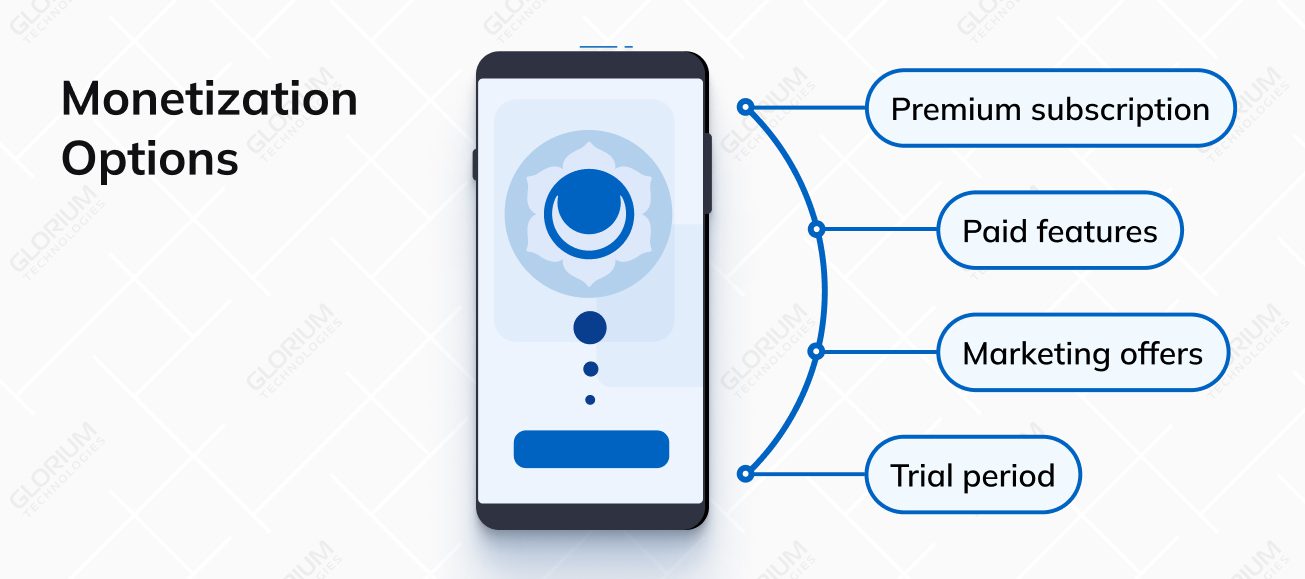
Paid access to content is a classic monetization model and probably the most common plan when it comes to make a mental health app.
The advantages of this model are apparent:
With a paid subscription, users can feel exclusivity by having access to the premium content. The most solvent can buy unlimited access to have the most return on their investment from the app.
In today’s digital industry, there is a concept of freemium, which means free access to all the key sections of the service, except for the “elite.”
This means that while users are equal, the ones with the paid access will receive content updates immediately, and others only after a month. The same applies to the functionality — while free access allows, say, one test per day, paid access gives unlimited tries.
The third monetization option is the most annoying but very effective. Instead of paid features or premium subscriptions, you give users all the content for free. In return, you show them dozens or even hundreds of banners, videos, and ads.
If users do not want to be constantly distracted by ads, they can still pay a premium and get content without annoying ads.
Whichever monetization model you choose, make sure to give users at least a 7-day trial period. This helps to:
This approach will interest TA and keep them in, imposing paid features or a premium subscription in the future.
Bringing a product to market and attracting your first customers becomes the starting point for expanding your business’s services, functionality, or scope. But to get it there, you must create the MVP, or minimum viable product. This simplified version has basic functionality.
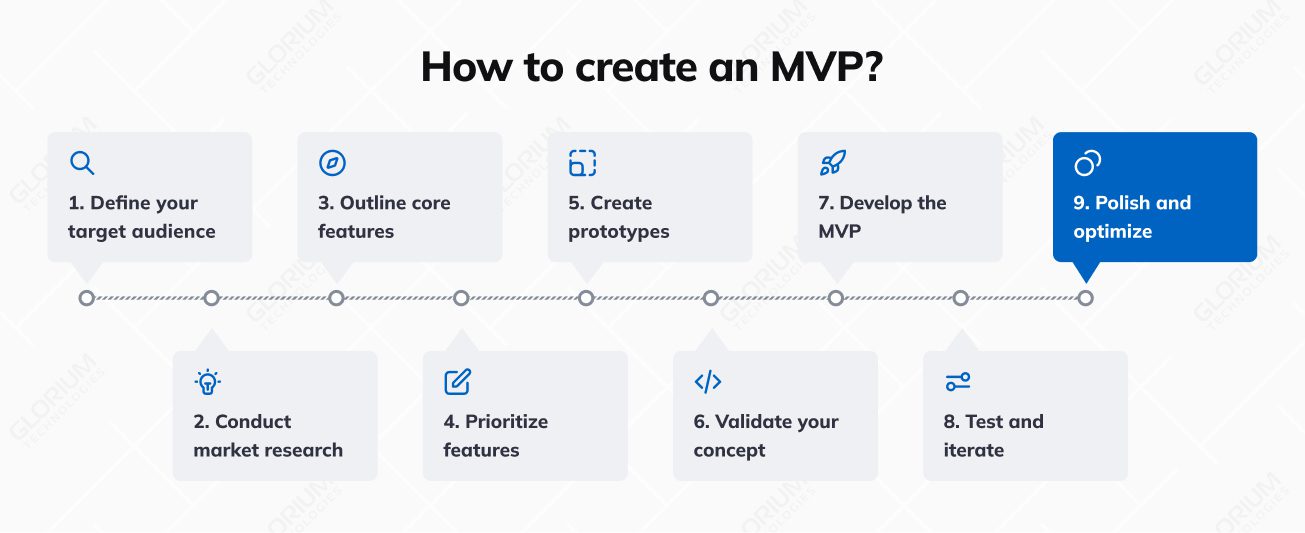
Step by step, here is how to make it:
Mental health app development from the planning phase implies that the MVP will gradually transform into a cross-platform adaptive digital solution in case of success. And ideally, it should be fit to perform in international markets.
In an era where global concern for mental health has reached unprecedented levels, Glorium Technologies has risen to the challenge with its expertise in mental health app development.
The COVID pandemic has only intensified the stress and emotional strain faced by individuals worldwide. We recognize the urgent need for accessible and effective solutions to address these concerns, making the mental health app development market not only popular but also incredibly high in demand.
We believe in the efficiency of smartphone interventions, offering easy access to a plethora of applications that assist in treatment, alleviate isolation, and provide crucial support to end-users. Our team is dedicated to crafting innovative solutions, including mood monitoring apps, eating disorder trackers, depression and anxiety monitors, meditation applications, and stress and anxiety control apps.
Check out our Thought Technology use case to learn how our team developed a mobile application for Android and iOS devices that seamlessly integrate with hardware through BLE protocol. We also created a self-regulation screen that incentivizes performers to stay engaged and achieve their personal best during training sessions.
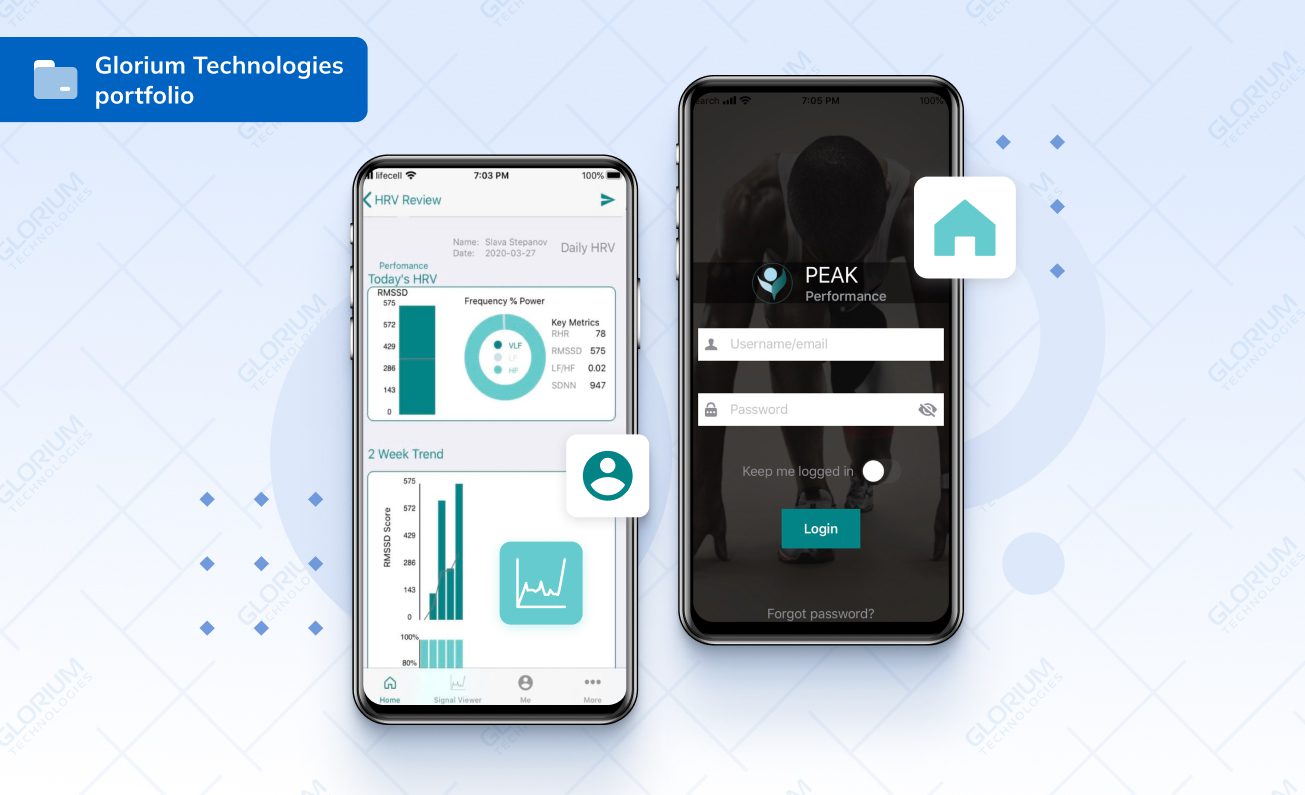
With a decade of experience in inventing digital solutions, Glorium Technologies is committed to helping startups and SMBs excel in their markets by delivering cutting-edge mental health apps that cater to the well-being of countless individuals.
Mental health app development is a complex and unique process. Its proper organization and setup will determine the popularity of the app and its position in the market. And since today’s market is not yet oversaturated with mental health services and app offerings, now is the best time to release your digital solution.
You are in the right place if you need a reliable partner in healthcare app development. We can help you make the most incredible ideas into astonishing innovative products. Contact our manager and experience all the benefits of our expert approach to mHealth app development.
There are legal and regulatory considerations when creating a mental health app. It is important to comply with applicable laws and regulations, such as data protection, privacy, and medical device regulations, depending on the app’s functionalities and target audience.
If you want to make a mental health app that goes beyond simple self-improvement apps or meditation app development and provides professional treatment for mental disorders and assistance during mental health crisis, you need to be aware of the mental health industry regulations and healthcare providers’ restrictions.
Also, mHealth apps that are covered by health insurance must comply with the Health Insurance Portability and Accountability Act (HIPAA). Hiring professionals with expertise in healthcare and technology can help navigate these complexities.
The cost of developing a mental health app can vary depending on several factors, including the complexity of the app, desired features and functionalities, development platform (iOS, Android, or both), design requirements, and the location and expertise of the development team.
Custom app development can range from several thousand dollars for simpler apps to tens or even hundreds of thousands for more complex and feature-rich applications.
Your app can include various features depending on their specific goals and target audience. Standard features help track mental health including mood tracking, meditation, relaxation exercises, guided self-help practices, goal setting, progress tracking, reminders, access to mental health professionals, educational resources, and community support features.
Optionally you can add cognitive behavior therapy features, mental disorders symptoms, cognitive skills training and techniques to cope with mental health crises.
As you develop a mental health app, protecting user privacy and ensuring data security is paramount for mental health app development. App developers should follow industry best practices for data encryption, securely store user information, and obtain informed consent regarding data collection and usage.
Implementing strict privacy policies, complying with relevant data protection regulations, and regularly updating security measures are essential for building user trust.
Consider intuitive navigation, clear and concise instructions, visually appealing design, and interactive features to make a mental health app engaging and user-friendly.
Let users track mental health with pleasure. Incorporate gamification elements, such as achievements or rewards, to encourage users to engage with the app actively. Regular updates, responsive customer support, and gathering user feedback for continuous improvement are also crucial.
There are many benefits as you develop a mental health app. These apps can provide users with access to resources and support that they may not otherwise have. Additionally, mental health apps can connect users with a community of other people who are struggling with similar challenges.
There are also some challenges to developing a mental health app. These apps need to be carefully designed and developed in order to be effective and safe. They also need to comply with a variety of regulations, such as HIPAA.
Additionally, it is important to make sure that the app is accessible to people of all abilities.
There are a number of ethical considerations to take into account when developing a mental health app. These include:
The field of mental health app development is rapidly evolving. Some of the future trends in this field include:
There are a few risks associated with using mental health apps. These include:
As a developer, you need to keep these things in mind to mitigate those risks.

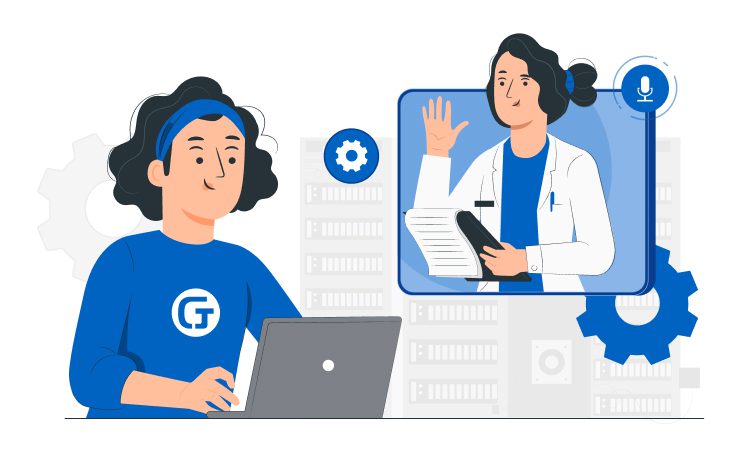
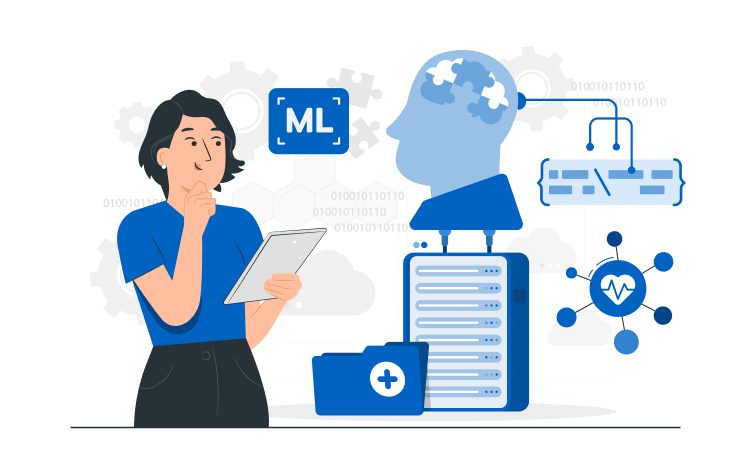
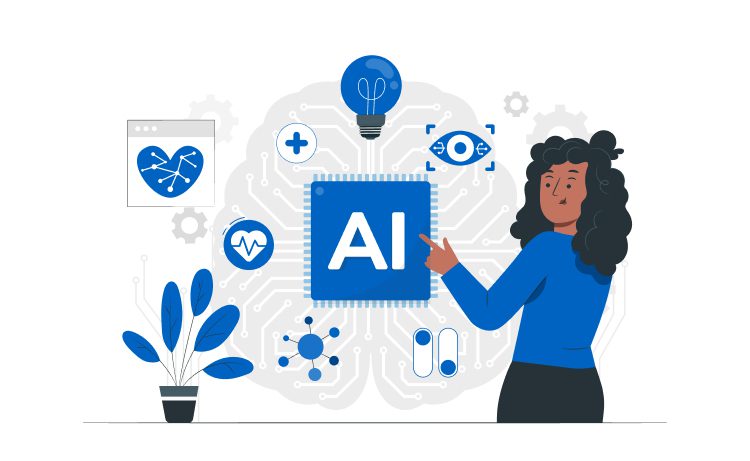
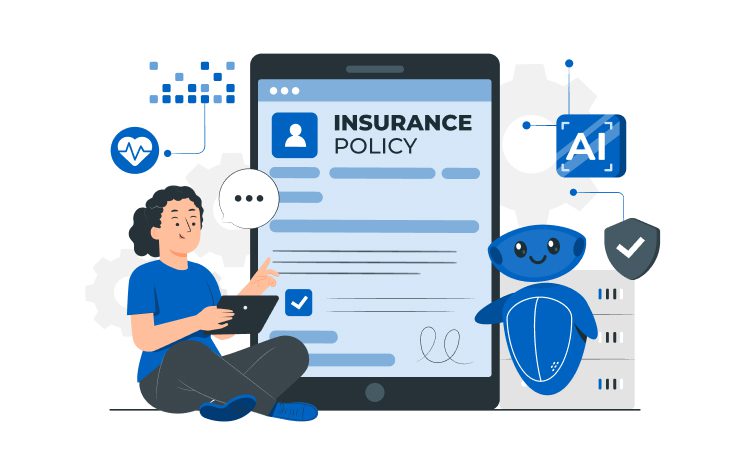
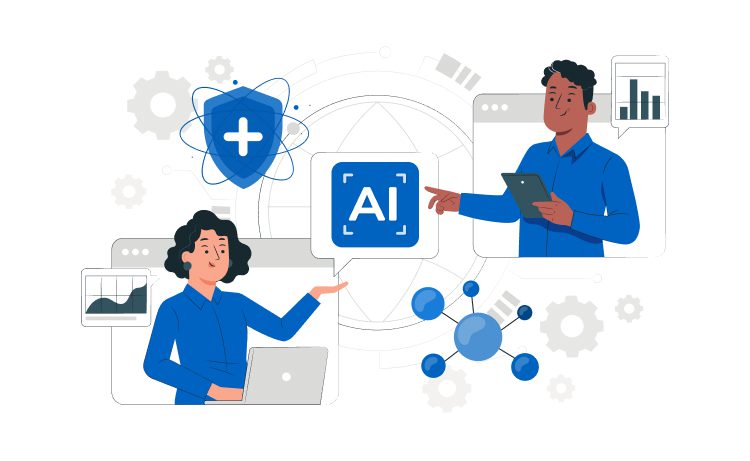
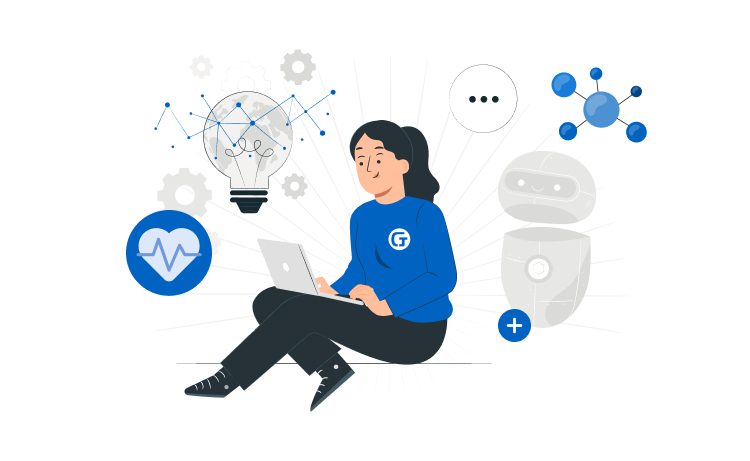

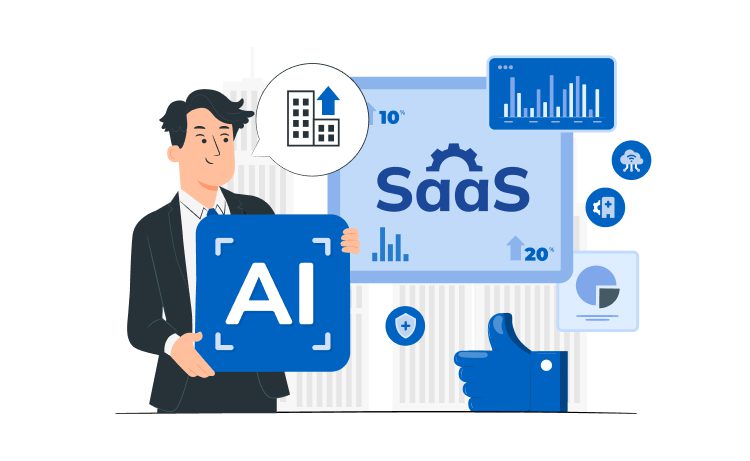
| Cookie | Duration | Description |
|---|---|---|
| cookielawinfo-checkbox-analytics | 11 months | This cookie is set by GDPR Cookie Consent plugin. The cookie is used to store the user consent for the cookies in the category "Analytics". |
| cookielawinfo-checkbox-functional | 11 months | The cookie is set by GDPR cookie consent to record the user consent for the cookies in the category "Functional". |
| cookielawinfo-checkbox-necessary | 11 months | This cookie is set by GDPR Cookie Consent plugin. The cookies is used to store the user consent for the cookies in the category "Necessary". |
| cookielawinfo-checkbox-others | 11 months | This cookie is set by GDPR Cookie Consent plugin. The cookie is used to store the user consent for the cookies in the category "Other. |
| cookielawinfo-checkbox-performance | 11 months | This cookie is set by GDPR Cookie Consent plugin. The cookie is used to store the user consent for the cookies in the category "Performance". |
| viewed_cookie_policy | 11 months | The cookie is set by the GDPR Cookie Consent plugin and is used to store whether or not user has consented to the use of cookies. It does not store any personal data. |